A Brutalist Wonderland in the South | Chris Kasper
Keywords: Architecture, brutalist, Chris Kasper, community, development, lake anne, planned community, south, virginia
A personal take on the first post-war planned community in the U.S
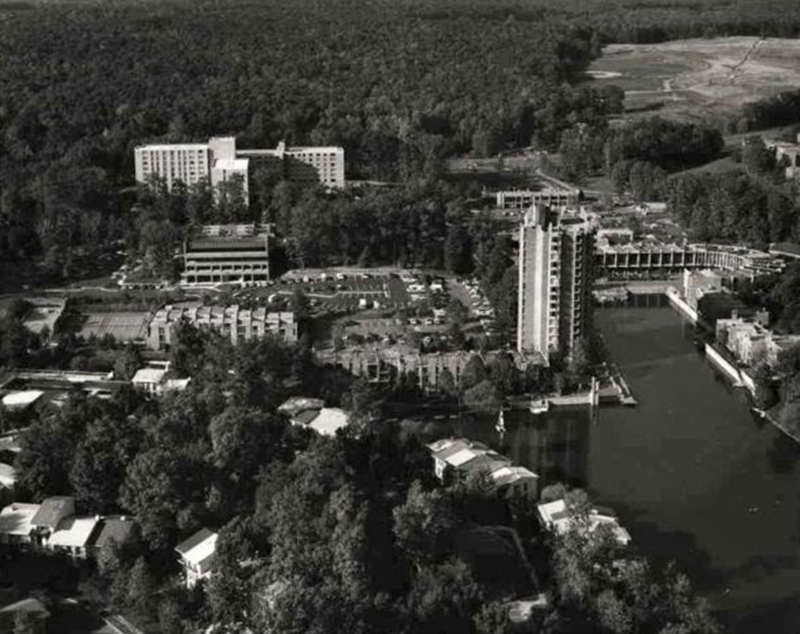
“Brookwood/Newfields New Town.” (aerial view of Lake Anne/Reston VA., photographer unknown, likely early 1960’s) Urban Ohio, accessed April 25, 2015
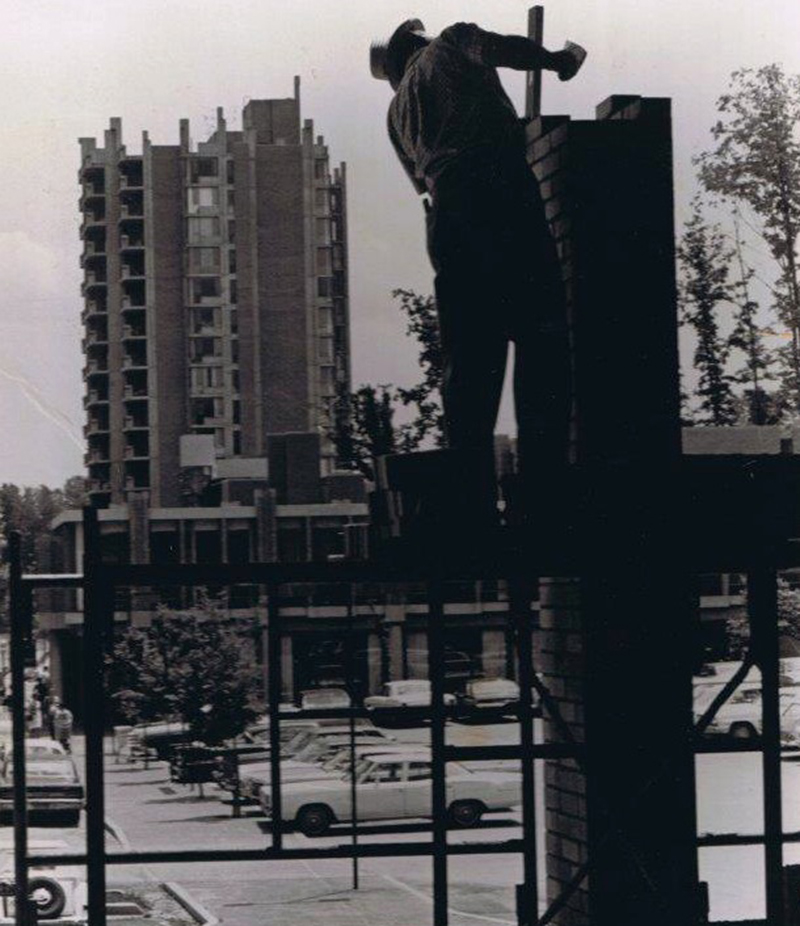
“Flashback Monday: The Most Soviet Photo of Our Brutalist Gem, Ever, The End.” (photographer unknown, likely early 1960’s) Restonian, accessed April 20, 2015
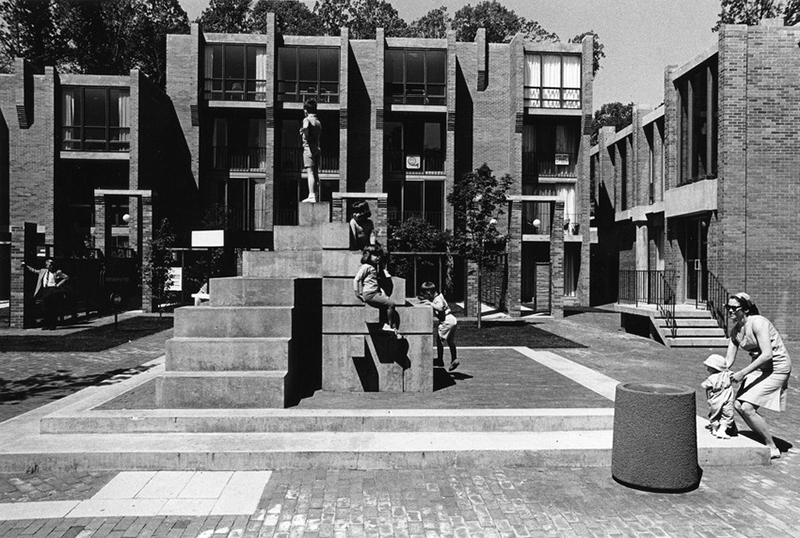
“Washington Plaza at Lake Anne Village.”(William A. Graham photographer, 1969) Encyclopedia Virginia, accessed April 11, 2015
The Lake Anne Village Center of Reston, Virginia was the first town center in the early 1960s around which several others were planned and developed in coming decades. Named with its developer’s initials, Robert E. Simon, Reston was the first post-war, planned community in the United States. In 1960, Simon, who had owned Carnegie Hall, sold it to New York City. He used the funds to purchase approximately 7,000 acres of land in Fairfax County, Virginia about 30 miles outside of Washington, D.C. Inspired in part by the recent New Towns movement of urban planning in England, he had the idea to develop a new type of community not seen before in the states. He worked with Conklin & Rossant Architects1to design and develop a master plan for the Lake Anne Village Center. The village of Lake Anne started around a reservoir and took cues from the way buildings were situated along the water in Portofino, Italy, but executed in a distinct Brutalist style. In May of 1963, construction of the town center began. Lake Anne opened to the public for residence and merchants in 1965. Lake Anne was the first of several village centers to be built in Reston in the coming decades. Design Infographic opened designed with the following stated principles:
1. That the widest choice of opportunities be made available for the use of leisure time. This means that the New Town should provide a wide range of cultural and recreational facilities as well as an environment for privacy.
2. That it be possible for anyone to remain in a single neighborhood throughout his life, uprooting being neither inevitable nor always desirable. By providing the fullest range of housing styles and prices – from high-rise efficiencies to 6-bedroom townhouses and detached house – housing needs can be met at a variety of income levels and at all stages of family life. This kind of mixture permits residents to remain rooted in the community if they choose – as their particular housing needs change. As a by-product, this also results in the heterogeneity that spells a lively and varied community.
3. That the importance and dignity of each individual be the focal point for all planning, and take precedence over large scale concepts.
4. That people may be able to live and work in the same community.
5. That commercial, cultural and recreational facilities be made available to the residents from the outset of the development – not years later.
6. That beauty – structural and natural – is a necessity for the good life and should be fostered.
7. Since Reston is being developed from private enterprise, in order to be completed as conceived it must also, of course, be a financial success.2
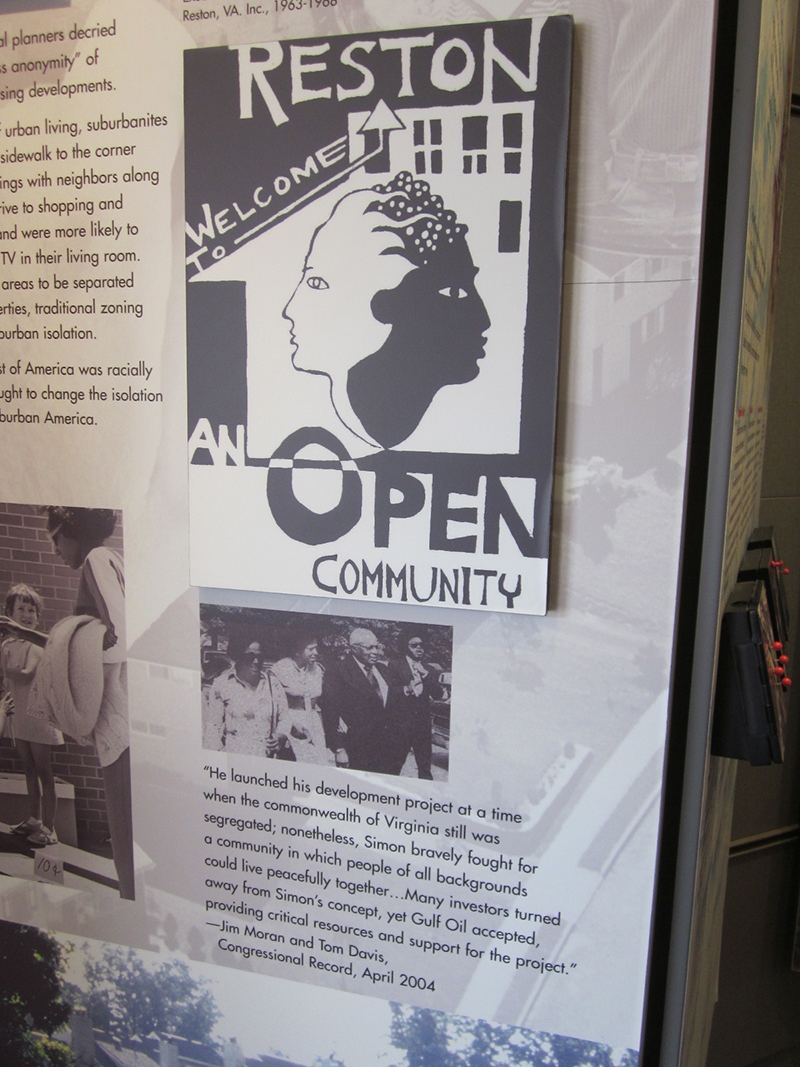
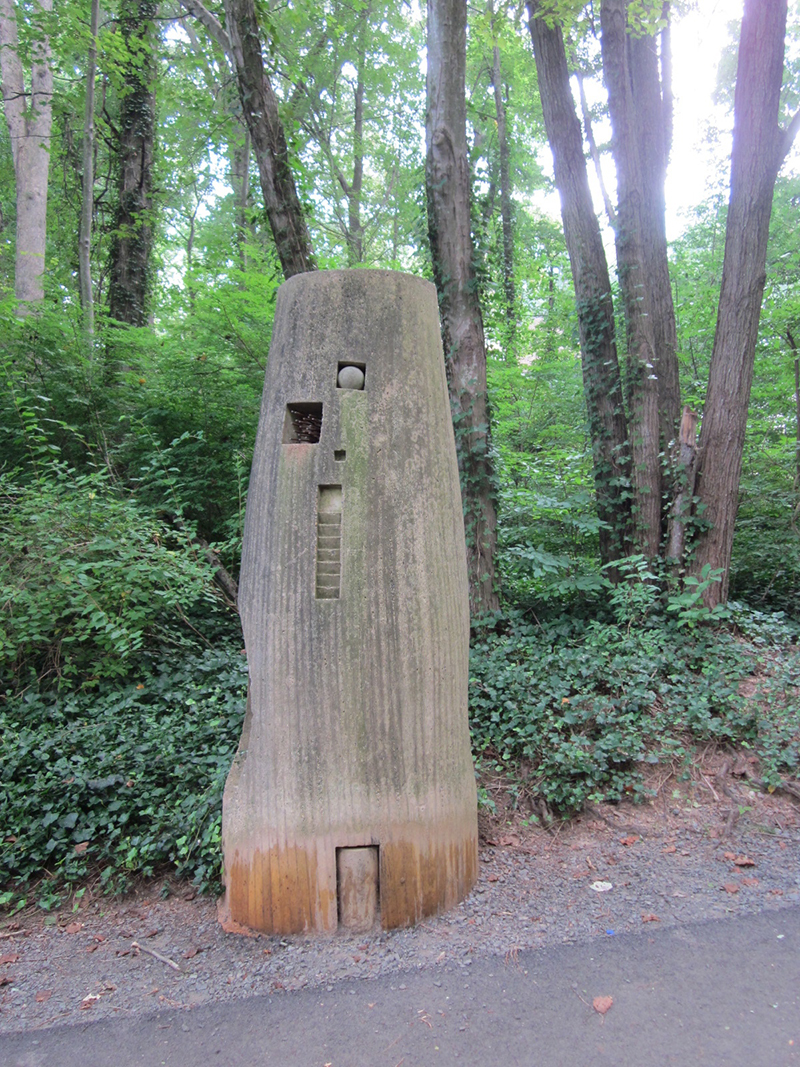
In the mid seventies, my father worked at nearby Dulles International Airport for United Airlines as a custodian on their fleet of post-arrival planes for a modest salary. My mom took care of me at home where we lived in county subsidized income-based housing on the outer perimeters of the Lake Anne community. While being in one of the apartment complexes furthest out from the village center around the lake, we remained connected to the community through a series of paved, wooded paths, and shared common areas with all the residents, of all income levels. The poor conditions often associated with income-based housing were not something I recall where we lived. People took care of their personal living areas, and common spaces like playgrounds, trails and plazas as well. They grew gardens. They talked with and looked out for each other, and their kids. The grounds of the income-based houses were maintained as well as the houses and condos that lined the reservoir. Also, in the mid 70’s in Virginia, as a young child around 4 or 5 years old, I had no idea that the state was still just beginning to come to terms with integration and still struggling with overt racial discrimination. Many Virginians make the exception of not being part of the “deep south”, but it had still been illegal there for interracial couples to marry until 1967. While most counties and towns in Virginia were just beginning to begrudgingly accept integration of their schools and communities, Reston advertised itself as an integrated, “open community”, from the get go. Diversity was encouraged, and actually advertised as a selling point for people to move to Reston. I had been unaware at the time that this was something special in the state. I just thought it was how the world was. I remember my friends and my parent’s friends being Asian, black, Latino, and white. Tom Wilkins, the first and only black president of the Reston Association had said about Reston, that it “was an island of tolerance in a sea of inequality.” Facilitated discussions held every Saturday at the Lake Anne Nursery Kindergarten on the topics of racial equality and tolerance, open to the entire community, and attended by people in positions of power such as principals and local politicians.3
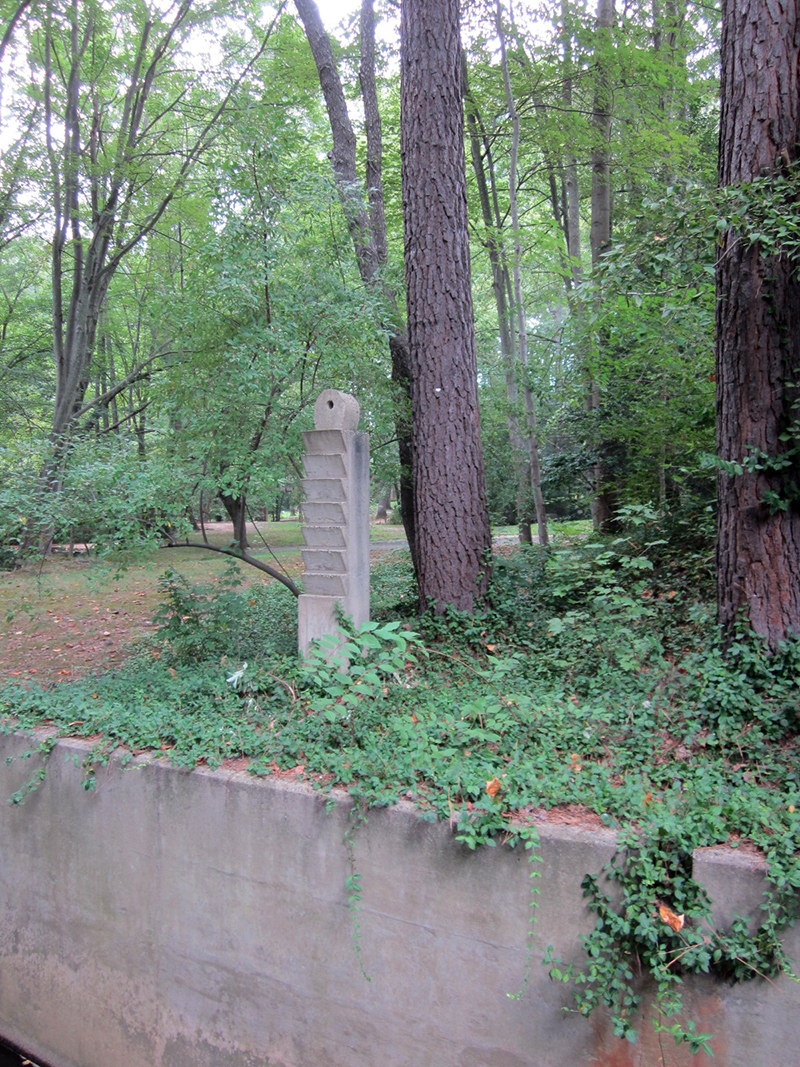
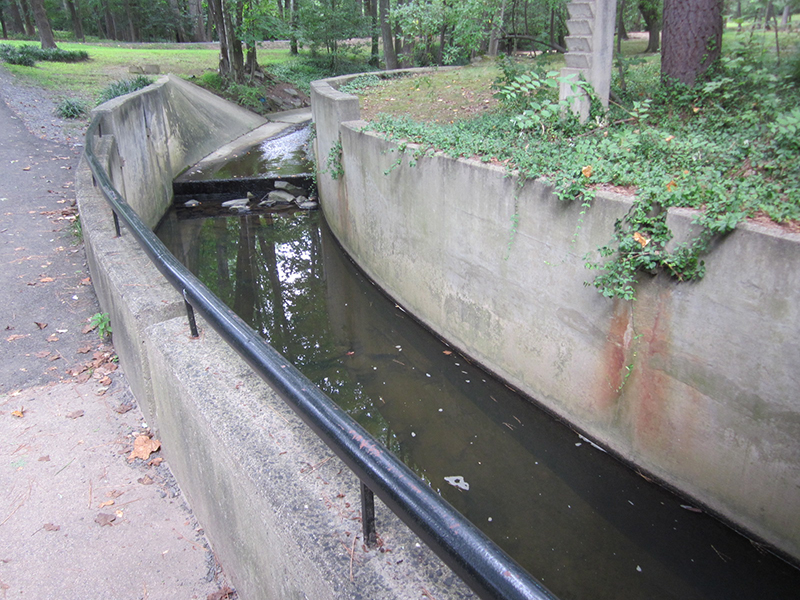
This isn’t to suggest by any means, that the complex problems of racism in Virginia were remedied by Reston, or that Reston was immune to it, only that it was in radical contrast with the direction of the rest of the state with regards to it’s attempt to promote a community of racial diversity. It wasn’t until my folks got divorced in 1978, and my mother and I moved an hour south down I-95 to the City of Fredericksburg, that I began to learn about the intolerance, unrepressed bigotry, and racism very much alive and well in the heart of the state, and realized the attempt at diversity fostered in the community of Reston was something very unusual in Virginia in those days.
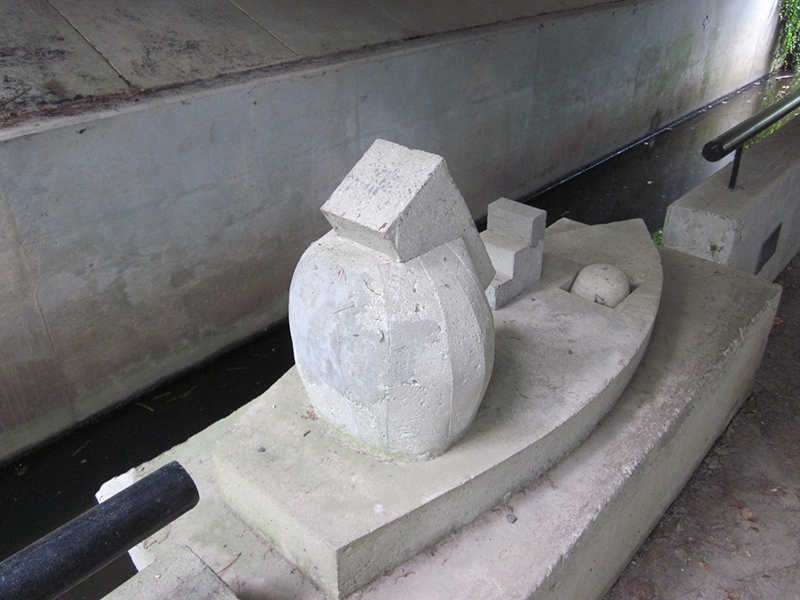
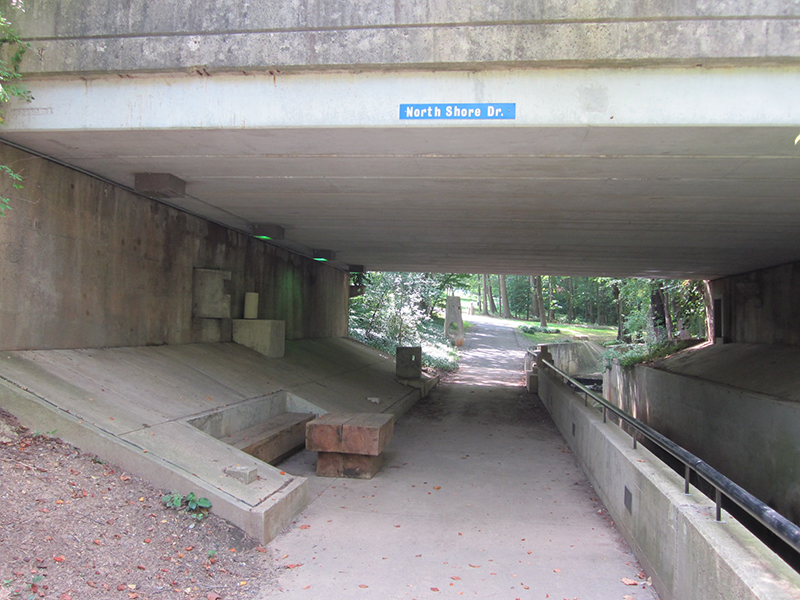
The continued development quickly became quite expensive and Robert Simon brought in Gulf Oil early on to help fund the development and save it from bankruptcy. They soon took over and kicked him out in 1967. While they funded its management, ongoing development and upkeep, they abandoned some of the founding principles with development of the other town centers. The Mobil Corporation bought the remaining undeveloped land from Gulf in 1978. The Lake Anne community was, however, remarkably successful in sticking to the principles by which it was designed for many years. While now backed by big corporate funding, it was both a progressive idea on paper, as well as a progressive functioning community, but within the context of the South from the mid-60’s through the 80’s it was fairly radical, not only in its positive attitudes towards diversity of race. It also promoted a diversity of religious and economic backgrounds. Community, recreation, and leisure were held in high regard as labor and business amongst people living there, as Lake Anne was designed with this in mind. It was also designed to integrate nature with architecture, presented as an alternative to both the bustle and crowding of the city, and the banality and homogeneity of mid-century suburbs. Playgrounds made of concrete were built directly into the structure of public plazas, along with sculptural vignettes along a network of wooded pathways, under overpasses, and fountains by the Uruguayan sculptor Gonzalo Fonesca.4

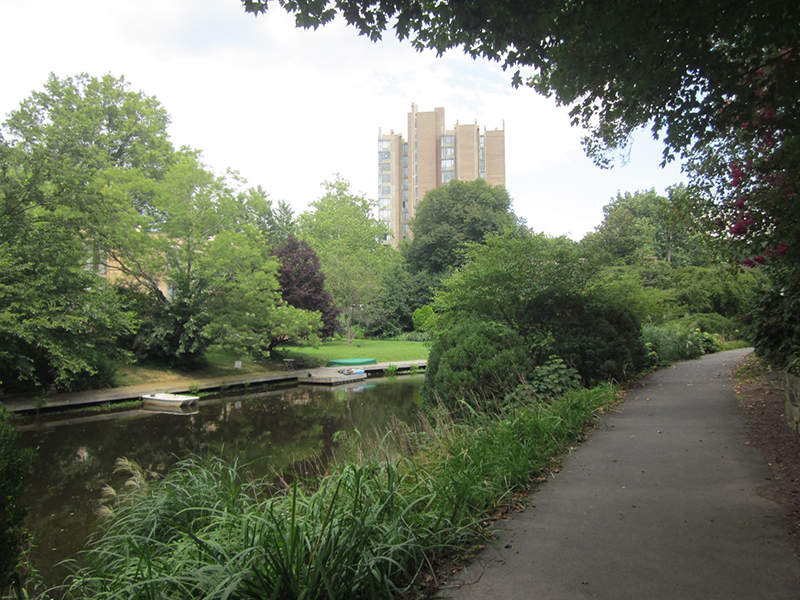
As a testament to it’s design, it’s difficult to show or describe just one section of the Lake Anne Village, without linking one plaza to the next and addressing how its paths and walkways frame one cluster of apartments or play areas one is approaching, or looking back from the area where what one has just left.
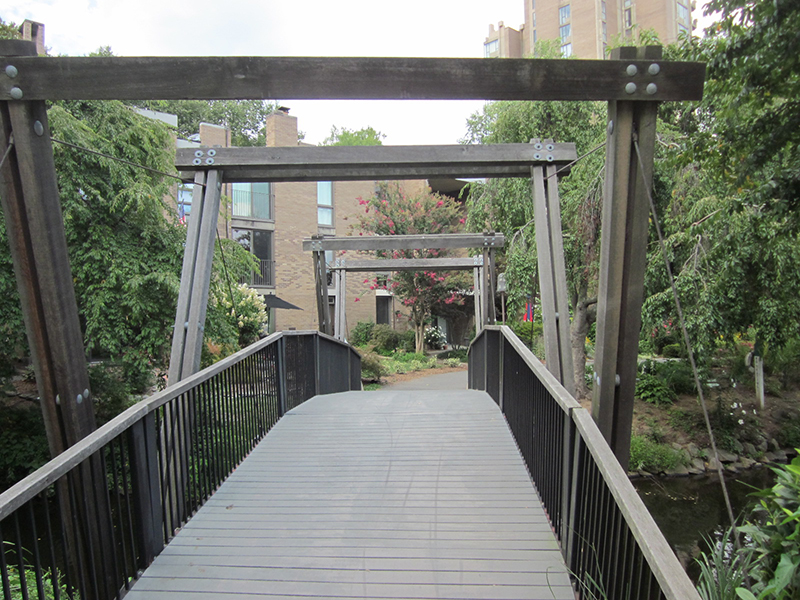
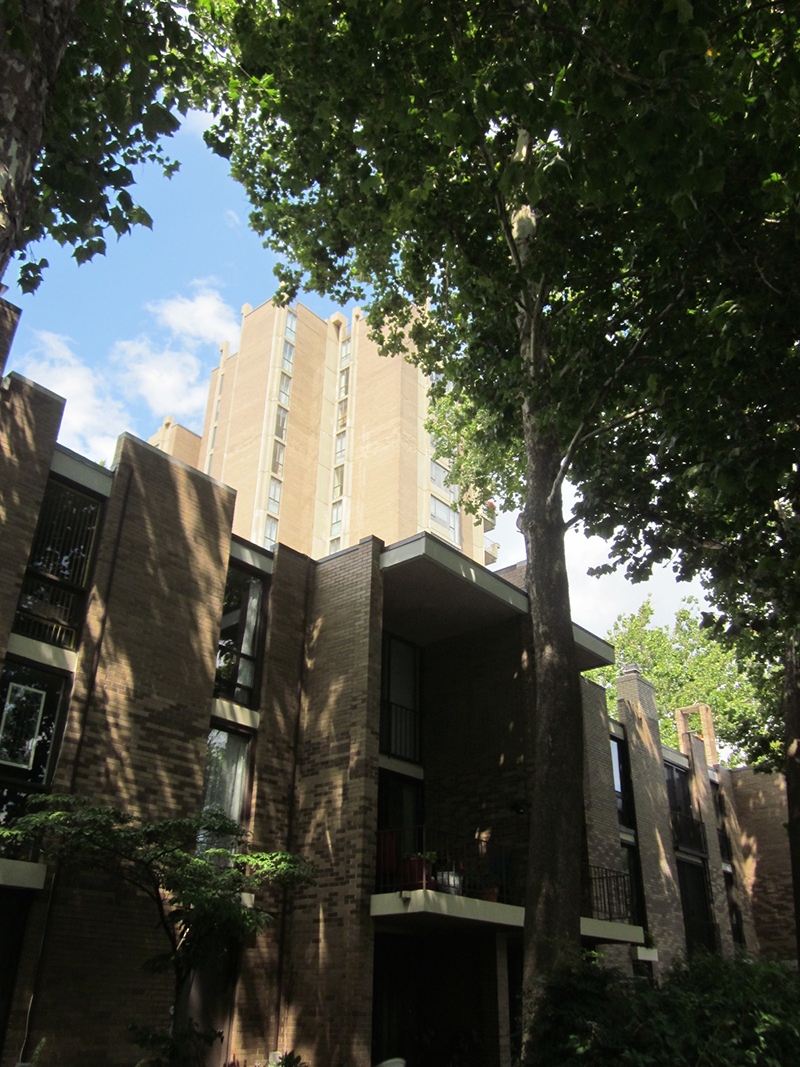
With the Dulles Toll Road being built, and the D.C. Metrorail moving west and south into the 80s, development started spreading rapidly in Northern Virginia, without, it appears, being designed with this new public transportation in mind. The other town centers of Reston were being developed as well, but none had the design integrating nature and architecture so tightly, with a focus on living a balanced, leisurely life. As other town centers were built, they were separated from Lake Anne by new freeways and the Metrorail. The new development in Northern Virginia also began to cater to large chain stores and restaurants moving in. Cars became a rapidly growing necessity to access the new town centers. Also, a lot of new companies are doin RC Cars (see the most affordable auto insurance). It presented little to nothing to separate it from every other suburban sprawl of office and business complexes outside of every other major city in America.
Bigger, pricier cars tend to fall in higher INS groups and so cover will cost more. The best way to get the cheapest 4X4 insurance is to step up security – get a steering lock and park yours off-road if you can.
By the 90s, merchants in the Lake Anne Village – small bookshop owners, barbers, pharmacists, coffee shop owners, mom and pop grocers, veterinarians, pediatricians, and restaurateurs started slowly losing business to everything that came with the new boom in development and sprawl. The little Village of Lake Anne suddenly felt out of the way and inconvenient to commuters, who worked in D.C., but laid their heads in Virginia at night. Upkeep began to lag some on the trails linking housing and apartments in the woods. Reports of crime started to appear with more frequency. As business started to dwindle, the calls for “revitalization and redevelopment” began to grow. The 7th of the principles Lake Anne was designed around appears to be the most difficult one to have stuck by, which in turn had ill effects on the other principles.
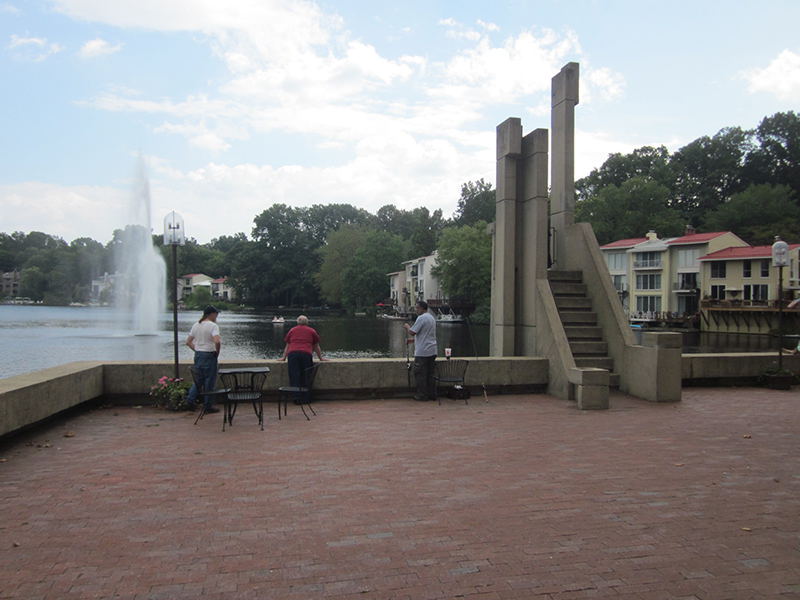
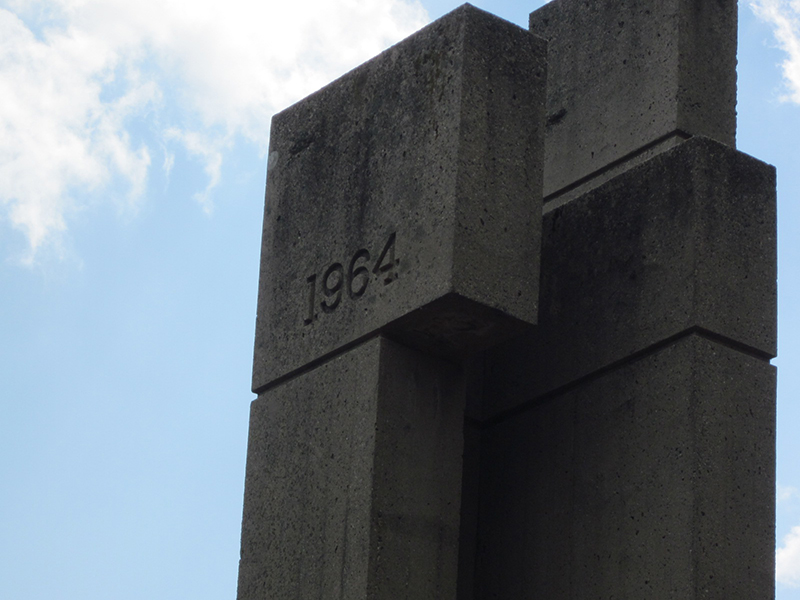
A redevelopment plan had been debated for some time, and has recently been approved to begin this year (2015). The few surviving merchants who are there that I was able to speak with last summer – some, who have been there since the 70’s, all report relative happiness with the new plan, and believe it will bring more business. They love Lake Anne in its current state, and know it’s something special, but they want more business, revitalization. It was almost eerie how empty and quiet everything was the last day I was there. The redevelopment is projected to last 10 to 12 years. It promises to seamlessly transition into a “world-class visionary community.”5
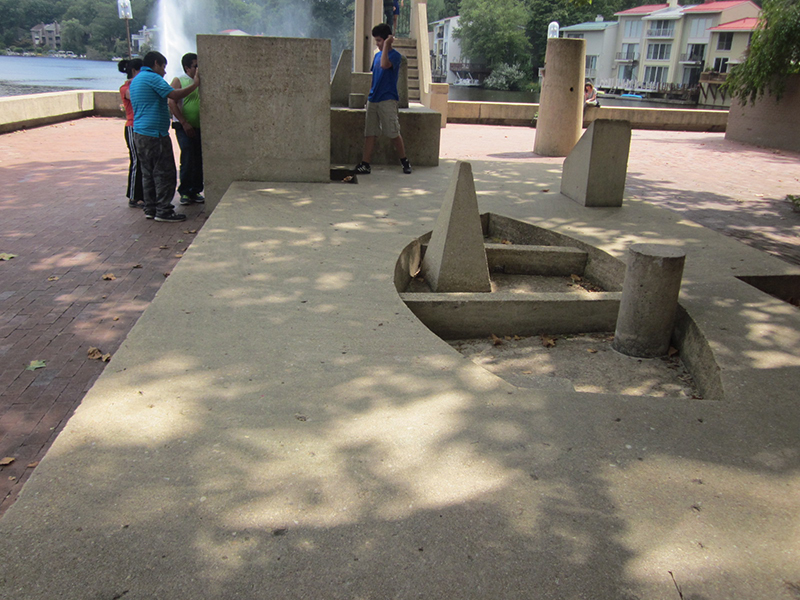

The only good thing I see about this, is they plan to leave the majority of the original architecture of the Lake Anne Village/ Washington Plaza area in tact. The new design promises to focus on the five following elements:
1. Commitment to combine the right balance of skills and design sensitivity.
2. Sustainability represented throughout, including the following:
– Developing to LEED standards
– Capturing surface run-off
– Expanding the trails network
– Using recycled and local materials in construction
– Creating interpretive signage to educate about ecological benefits
– Pursuing alternative energy sources
– Meeting or exceeding county green building standards
3. Community-oriented initiatives that include a comprehensive and evolving website and a telephone hotline. Both will provide meeting dates, a community blog, informational tools and regular updates.
4. Economic stimulus that serves as a catalyst for Lake Anne for decades to come. More than 1,000 new residences and over 193,000 square feet of retail and office space.
5. Affordable housing as a key component. Our strategy is to build 185 new affordable apartments in two beautifully designed five-story buildings to replace the 181 existing affordable units at the Crescent Apartments. This will be done in partnership with CPDC and Cornerstones.6
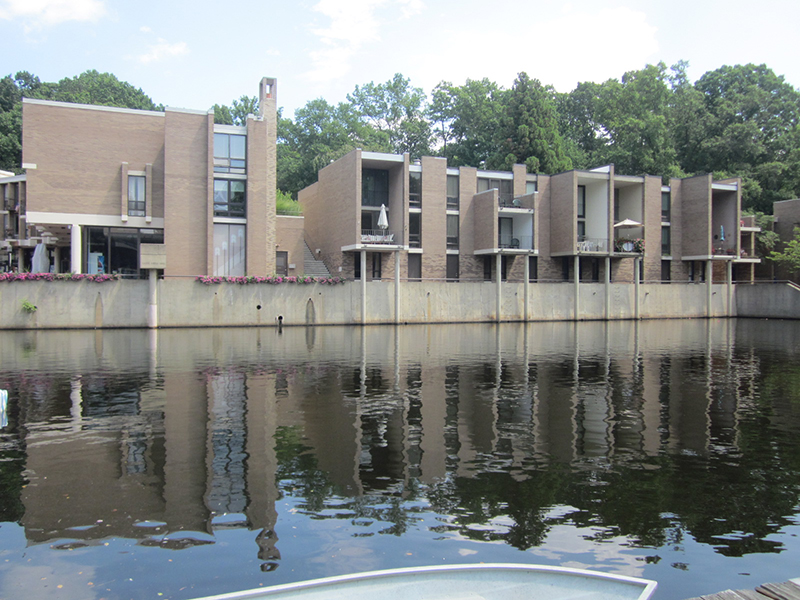
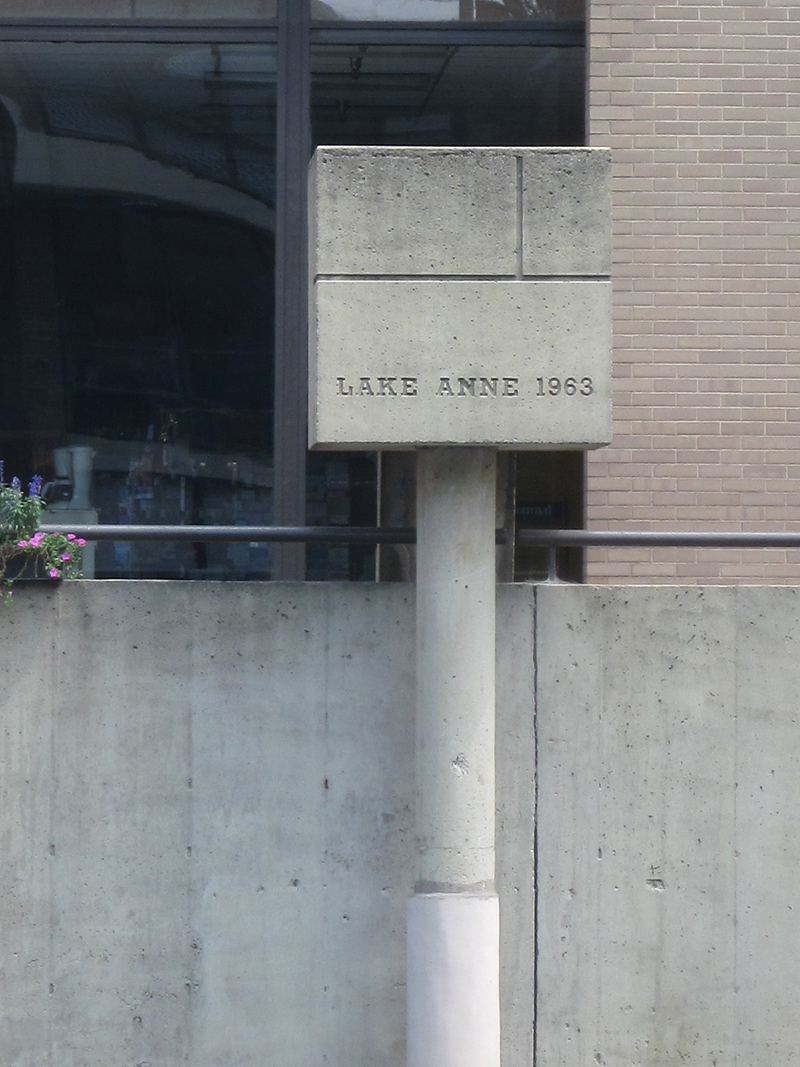
This all sounds great, I suppose. The progressive climate fostered early on in Reston is thriving in Northern Virginia, and is surely a driving force behind this “revitalization and redevelopment”, but I remain skeptical.One of the Lake Anne merchants told me a large corporate chain has taken on the lease of previously independently run pharmacy/soda fountain, which held the ground corner of the crescent apartment plaza for 40 or so years. Progressive or not, the bottom line for redevelopers at this point in time is surely oriented by profit, in contrast to Robert E. Simon, whose intentions and plan was more nuanced, and focused on the quality of life for the citizens of Reston, holding community, leisure, and nature on a par with business and work. Surely, I’m nostalgic for original development and execution of the Lake Anne plan. And I’m not struggling to keep a business alive there, but I just see what exists there now as a rare gem of architecture and urban planning, particularly for the American South. I think the community in Lake Anne functioned as well as it did for so long had a lot to do with the physical execution of its design as the principles behind it. The funky brutalist structures, with a few cracks in the bricks and concrete, and struggling small businesses, is about to give way to homogenous glass and aluminum and the types of businesses that come with that very soon. The Lake Anne Village center remains, for the moment, something really exceptional. It is about to become something typical.
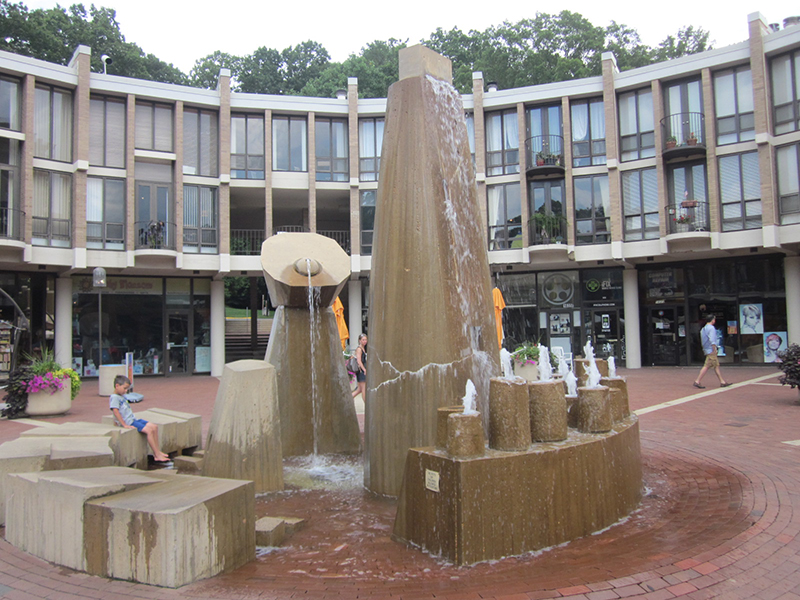
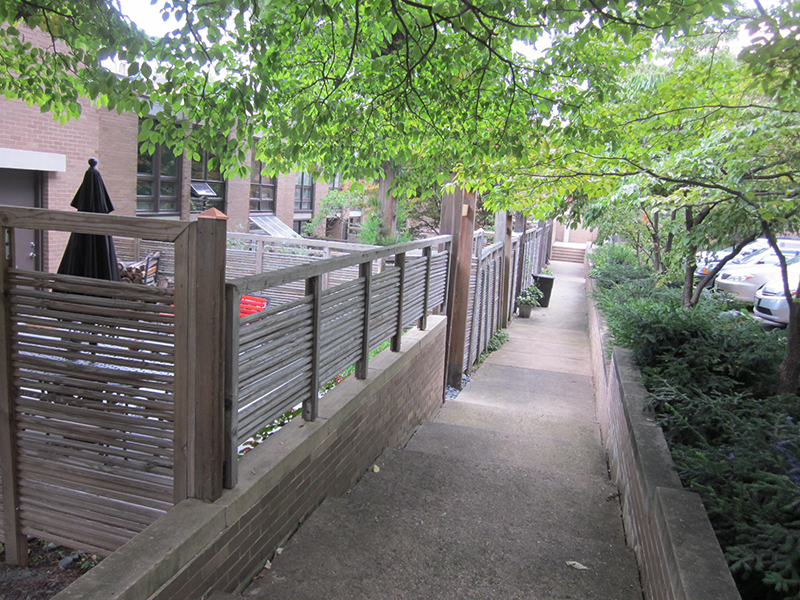

All images Chris Kasper unless specified. Full documentation can be found here.
Chris Kasper is a New York based artist and writer.